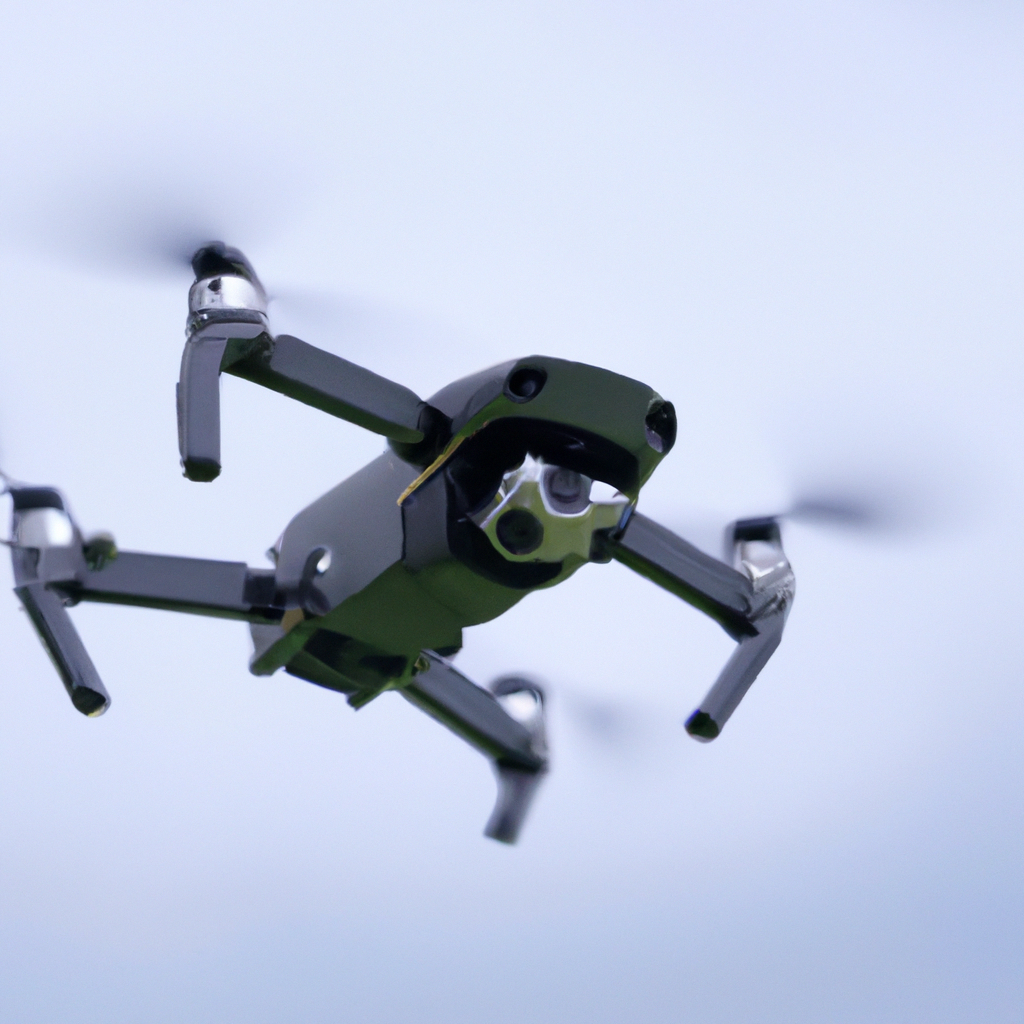Drones have become increasingly popular in recent years, particularly in the field of aerial photography and videography. Drone cameras provide a unique perspective, allowing photographers and videographers to capture stunning views from above. But how does a drone camera work? In this article, we will explore the technology behind drone cameras, including remote control, quadcopter design, camera stabilization, and UAV technology.
Remote Control and Quadcopter Design
At the heart of every drone camera is a remote control that allows the operator to maneuver the drone in the air. The remote control sends signals to the drone, which then responds by adjusting its speed, altitude, and direction. Modern drones come with a range of features and settings, including GPS navigation, obstacle avoidance, and automated flight modes.
Quadcopter design is a crucial aspect of drone camera technology. Quadcopters are drones that use four rotors to lift and maneuver. The rotors are powered by electric motors and can be controlled individually by the remote control. By adjusting the speed and direction of each rotor, the quadcopter can move in any direction and hover in place.
Camera Stabilization
One of the most important aspects of drone camera technology is camera stabilization. When a drone is flying, it is subject to a range of movements and vibrations that can make it difficult to capture stable footage. Camera stabilization technology is designed to minimize these movements and vibrations, allowing the camera to capture smooth, stable footage.
There are several different types of camera stabilization technology used in drone cameras. One of the most common is gimbal stabilization, which uses a mechanical gimbal to keep the camera steady. The gimbal is mounted on the drone and uses motors to adjust the camera’s position in real-time. This allows the camera to stay level and stable, even when the drone is moving rapidly or experiencing turbulence.
Another type of camera stabilization technology used in drone cameras is electronic image stabilization (EIS). EIS uses software algorithms to compensate for movements and vibrations in real-time. This technology is particularly useful for smaller drones that may not have the space or weight capacity to accommodate a mechanical gimbal.
UAV Technology
Drone cameras are powered by UAV (unmanned aerial vehicle) technology, which is constantly evolving and improving. Modern UAV technology includes a range of features and capabilities, including advanced sensors, GPS navigation, and automated flight modes. These features allow drones to fly further, faster, and more accurately than ever before, making them ideal for aerial photography and videography.
One of the most significant advancements in UAV technology is the development of autonomous flight modes. Autonomous flight modes allow drones to fly pre-programmed routes and perform specific actions without the need for manual control. For example, a drone may be programmed to fly a specific route over a landscape, capture photos or video at specific intervals, and return to its starting point automatically. This technology has revolutionized aerial photography and videography, making it easier and more accessible than ever before.
Aerial Videography and Photography
Drone cameras have transformed the field of aerial videography and photography, providing photographers and videographers with a unique perspective on the world around them. Aerial footage can be used in a wide range of applications, including filmmaking, advertising, real estate, and more.
When it comes to aerial videography and photography, drone cameras offer several distinct advantages over traditional camera systems. For one, they can capture footage from angles and heights that would be impossible for a human operator. Additionally, they can fly for extended periods, allowing for longer and more complex shots. Finally, they offer unparalleled mobility and flexibility, making it easy to capture footage in remote or hard-to-reach locations.
Conclusion
In conclusion, drone cameras are a powerful tool for aerial photography and videography. They rely on remote control and quadcopter design to maneuver in the air, use camera stabilization technology to capture smooth, stable footage, and are powered by UAV technology that is constantly evolving. With their unique perspective and unparalleled mobility, drone cameras are transforming the way we capture and view the world around us.







